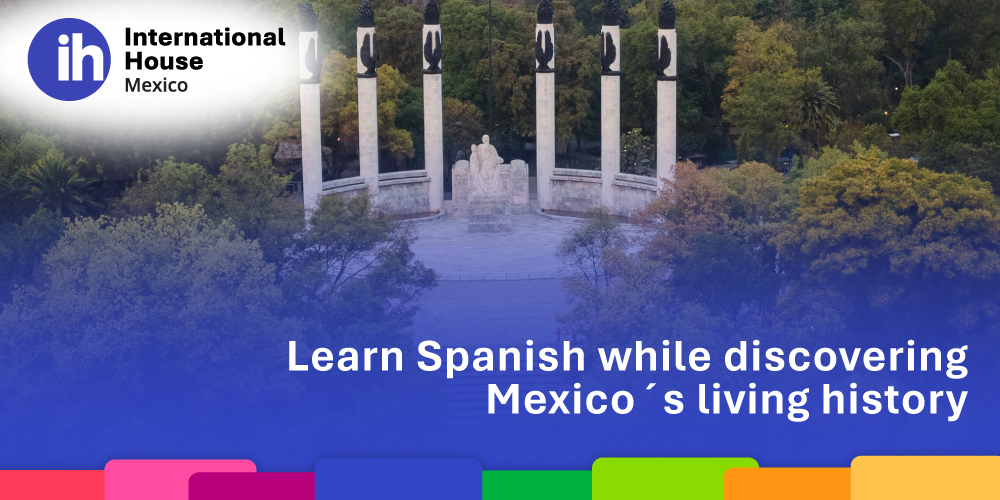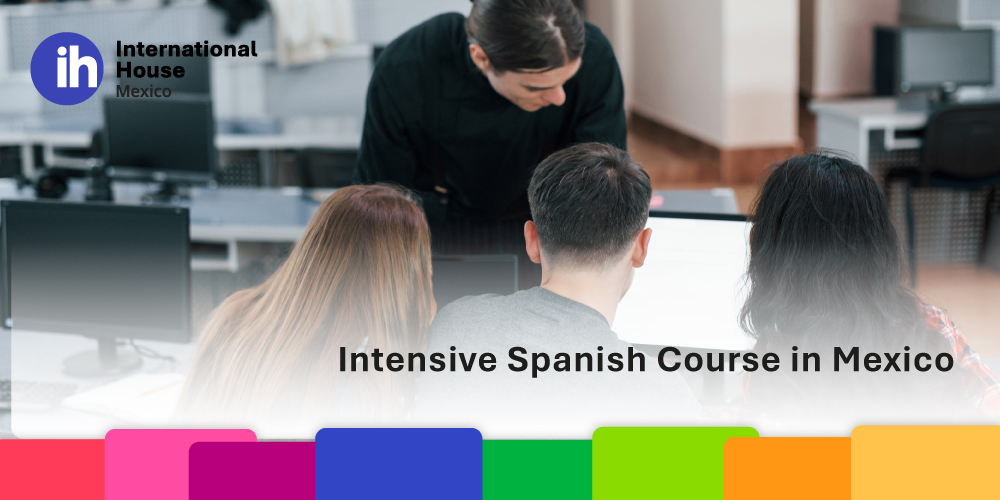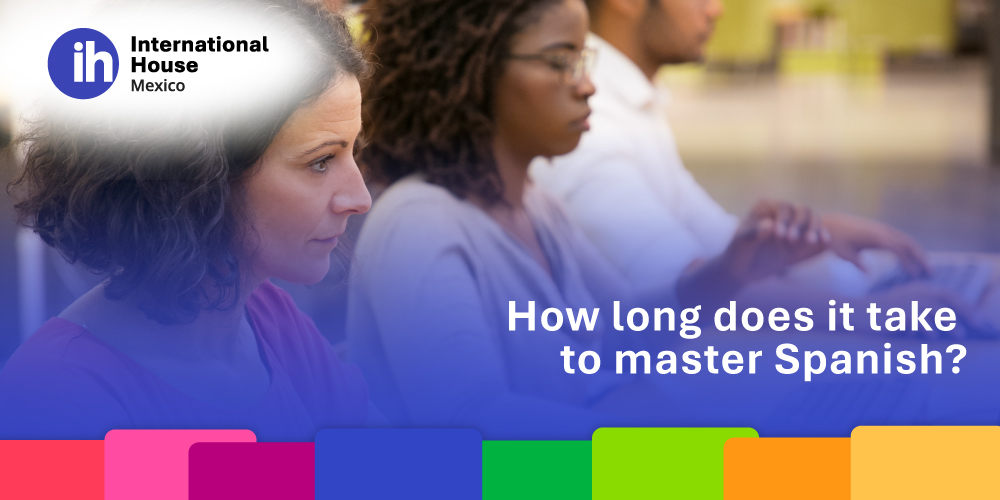
Learn Spanish in Mexico while discovering its living history
To truly learn Spanish in Mexico is to do more than study grammar in a classroom. It is an invitation to step into a world where history is not confined to museums. The country offers a unique and dynamic environment for language immersion. Here, ancient ruins stand near colonial cities. Modern life unfolds against a backdrop of rich traditions. This blend creates a powerful learning experience. Every street, market, and conversation provides a real opportunity to practice your Spanish. Choosing to learn Spanish in Mexico connects you directly to the vibrant culture and the living history that shapes it.
Beyond the classroom: language in a cultural context
Learning a language in a meaningful context is incredibly effective. Your brain connects new words to real experiences, sights, and sounds. This makes vocabulary much easier to remember. When you explore a historical site, you are not just seeing old stones. You are learning words related to history, architecture, and art. This contextual learning is far more powerful than memorizing flashcards. It turns the entire country into your classroom. Every interaction becomes a small lesson, making your progress feel natural and rewarding. This approach transforms language acquisition from a chore into an adventure.
This method also emphasizes practical application. You will use your Spanish skills every day in authentic situations. You might buy a ticket to enter an archaeological zone. Or you could ask a local artisan about their craft. Perhaps you will read a plaque describing a historic building. These simple, real-world tasks build your confidence quickly. They show you that you are not just learning a language, but you are actively using it to navigate and understand a new environment. This constant practice is essential for developing fluency and making your language skills truly functional.
Exploring the echoes of ancient civilizations
Mexico’s history is deeply rooted in its powerful pre-Hispanic civilizations. This ancient past is not hidden away. It is an accessible and awe-inspiring part of the landscape. Visiting these sites provides a profound connection to the country’s origins. It also offers a fantastic opportunity to expand your Spanish vocabulary in a memorable way. As you walk through these ancient cities, you will encounter new concepts and words. You will be learning about history and language simultaneously. This dual focus makes the learning process more engaging and intellectually stimulating.
Walking through Aztec and Mayan history
Imagine visiting the ancient city of Teotihuacan, located near Mexico City. You can climb the massive Pyramid of the Sun and the Pyramid of the Moon. From the top, you can see the Avenue of the Dead stretching before you. This experience is unforgettable. It is also a chance to learn and use Spanish words like pirámide, sol, luna, and antiguo. Further south, you can explore the Mayan world in places like Palenque or Chichen Itza. These ruins are often surrounded by lush jungle. Here, your vocabulary will grow with words for nature and exploration. You will learn selva, ruinas, and templo while surrounded by their real-life examples.
The charm of Mexico’s colonial cities
After the ancient world comes the rich colonial era. Mexico is famous for its beautiful colonial cities. These places seem frozen in time. You can walk on cobblestone streets and admire colorful buildings. Grand churches and peaceful plazas define the city centers. Cities like Oaxaca, Puebla, San Miguel de Allende, and Guanajuato offer a unique window into history. Each city has its own distinct personality and charm. Exploring them provides a different kind of immersion. It connects you to the period that shaped so much of modern Mexico, offering new vocabulary and cultural insights at every turn.
A new vocabulary in every plaza
The heart of any colonial city is its main square, or zócalo. Simply sitting in a café here is a language lesson. You will learn words like catedral, palacio de gobierno, fuente, and portales. You can practice your Spanish by ordering a coffee or asking for directions. The vibrant markets (mercados) in these cities are also essential stops. Here you will discover a world of new sights, smells, and tastes. This is the perfect place to learn the names of fruits, vegetables, and traditional crafts. You will use your Spanish in real, friendly interactions with vendors.
Where history lives on today
The most exciting part of Mexico’s history is that it is still alive. Ancient and colonial traditions are not just memories. They are an active part of daily life. This living history can be seen in colorful festivals, intricate crafts, and delicious food. Engaging with these traditions is the deepest form of cultural and linguistic immersion. It allows you to understand the soul of the country. You are not just a tourist observing from a distance. You become a participant in a culture that has been evolving for centuries. This is what makes the decision to learn Spanish in Mexico so special.
Traditions, festivals, and food
Many Mexican traditions blend indigenous and Spanish influences. The Day of the Dead (Día de Muertos) is a perfect example. It is a vibrant celebration of life and memory. Participating in this festival is an unforgettable experience. You will learn specific vocabulary like ofrenda, calavera, and cempasúchil. Mexican cuisine is another form of living history. It uses ancient ingredients like maize, beans, and chili. These are combined with elements introduced by the Spanish. Visiting a local market to try regional dishes is a history lesson for your senses. You practice Spanish by ordering food and asking about ingredients.
Combining exploration with structured learning
Exploring Mexico’s history is a fantastic way to practice Spanish. However, a structured course provides the essential foundation you need. Formal classes give you the grammatical tools and confidence to communicate effectively. At International House Mexico, our courses are designed to support your adventure. What you learn in the classroom in the morning, you can practice in the city in the afternoon. The classroom gives you the structure. The country gives you the opportunity to practice. This powerful combination ensures that you will not just study the language. You will learn to live it.





